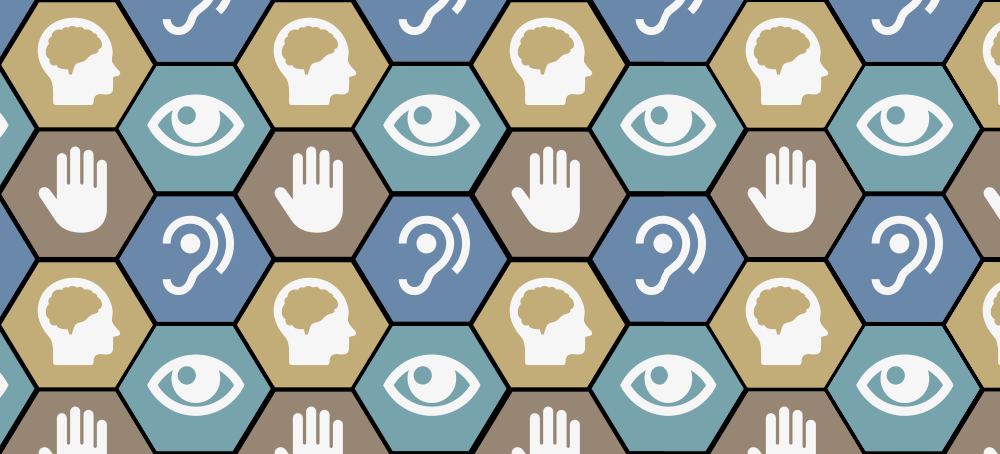
Category
Good To Know
In just a few decades, the World Wide Web has grown from a virtual mystery to a majority of people to being their primary gateway to information, services, and opportunities. But website accessibility — design and development practices that help ensure users of all abilities can access the Web — is often overlooked.
Thankfully, building accessible websites isn't just the "right" thing to do. It's a practice that can benefit the website owner just as it benefits its visitors.
Empowering those with varying abilities
Website accessibility is about empowering those with different abilities to navigate and interact with digital content independently. By incorporating accessible design principles, websites can accommodate people with visual impairments, hearing loss, motor disabilities, cognitive challenges and more. Accessible features such as alternative text for images, proper color contrast, closed captioning, and screen reader compatibility can make a significant difference in enabling equal access to information and services.
Sometimes it's the law
Some countries have enacted laws to ensure equal rights and opportunities for people with disabilities that affect websites. Non-compliance can lead to legal consequences for website publishers. So in some cases, embracing accessibility is a legal obligation.
Expanding your website's reach
According to the World Health Organization, 1 in 6 of us lives with a significant disability. That's approximately 16% of the world's population — a whole lot of potential customers and clients you risk not reaching when you launch a website without accounting for accessibility. Furthermore, everyone regardless of ability is more likely to find your site among the world's more than 1 billion websites when you make it accessible: Google and other search engines routinely give preference to accessible sites in search engine results pages.
Accessibility enhances everyone's experience
Sure, accessible design helps those with disabilities. But the truth of the matter is, accessible sites work better for everyone. Well-structured layouts, clear navigation, and intuitive design improve usability and increase engagement for all visitors regardless of ability.




